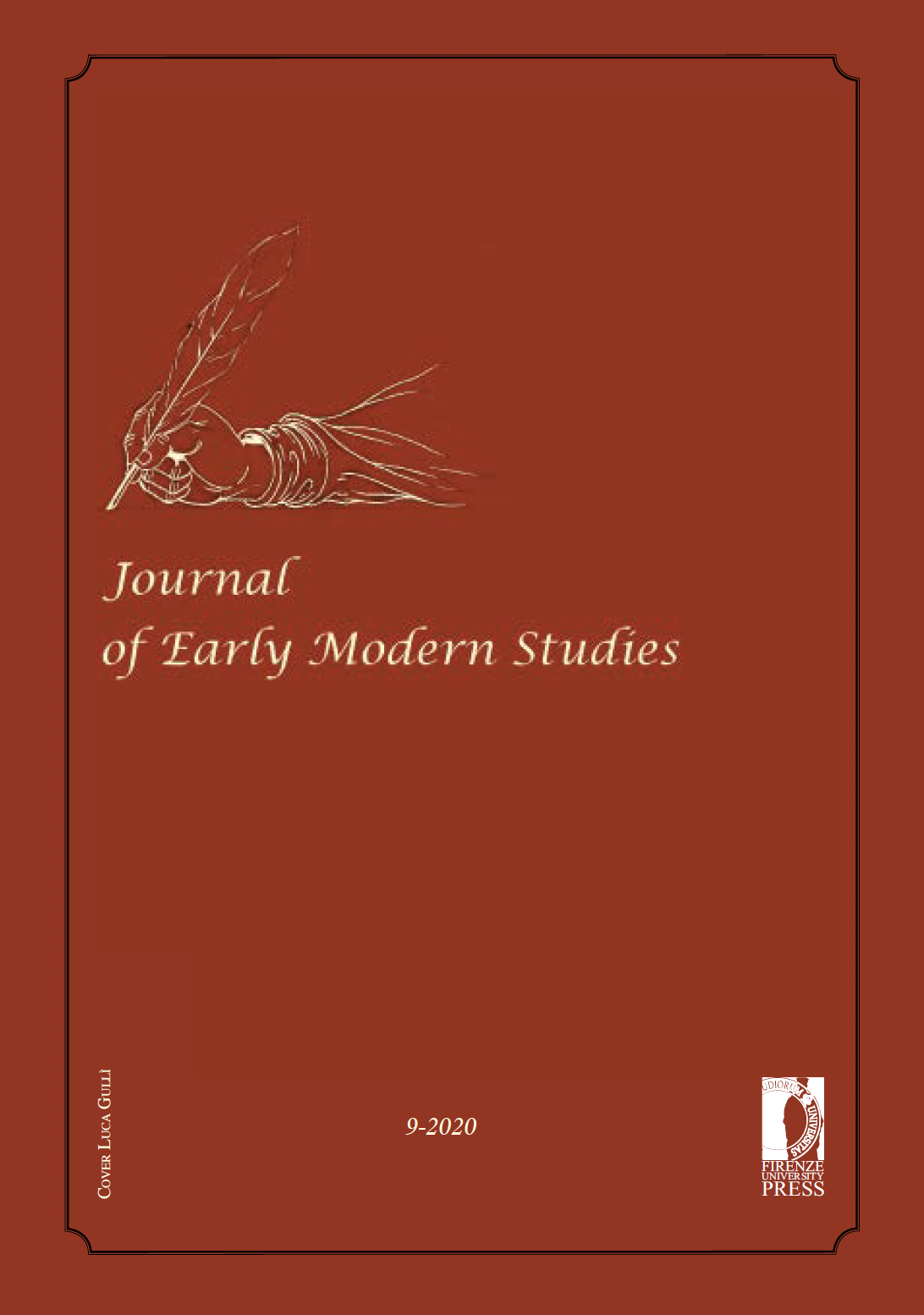Published 2020-03-07
Keywords
- Domestic Space,
- Early Modern Europe,
- Exposed Writing,
- Meanings of Writing,
- Public Space
How to Cite
Abstract
The article outlines an approach to different modalities of exposed writing in early modern Europe, following a discussion on the concept. Domestic, closed and public spaces are considered, in order to understand the multiple meanings – political, informational, devotional, promotional, testimonial and even as mere pastime, as is the case of many graffiti – of exposed writing. This approach always looks into the places where the writings were displayed, their supports (parchment, paper, cloth, stone, wall), the different ways in which they were made (written and painted by hand, printed, incised or chiselled) as well as the conditions of exposure, since all these aspects have an explicit impact on the function pursued by each writing fixed or written on a wall. There are clear differences between monumental inscriptions, commercial advertisements, libels and graffiti. Likewise, their placement in a street where everyone could see them or in a church, a prison or a domestic space entailed different functions. Depending on the place of exposure and the type of writing, they were used to question their contemporary society in one way or another; the questions that arise today, when we study the presence of these types of writing during that period, are just as manifold.


